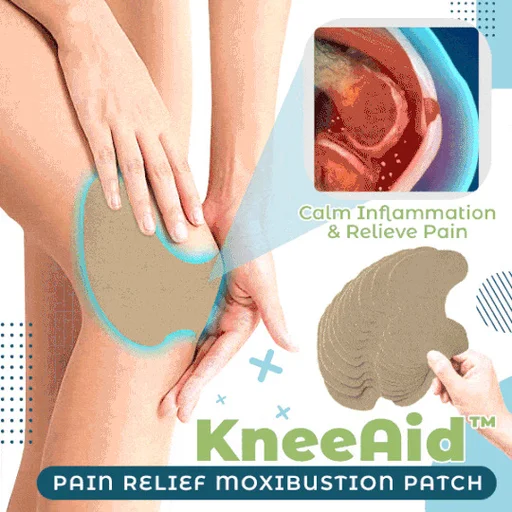Murach’s ADO.NET 4 Database Programming with C# 2010
eBook Details:
- Paperback: 756 pages
- Publisher: WOW! eBook & Associates; 4th edition (April 26, 2011)
- Language: English
- ISBN-10: 1890774634
- ISBN-13: 978-1890774639
eBook Description:
Murach’s ADO.NET 4 Database Programming with C# 2010
- In section 1, you’ll get a basic introduction to databases, SQL, and ADO.NET. If you already have ADO.NET experience, you can skip ahead.
- In section 2, you’ll quickly be creating database applications using Rapid Application Development (RAD) tools like data sources.
- In section 3, you’ll build 3-layer applications the way the pros do, with presentation, business, and database classes. This is where you’ll get into ADO.NET coding to create your own classes. You’ll also learn how to use object data sources to make this approach even more effective.
- In section 4, you’ll develop database applications for the web using ASP.NET 4 data controls like GridView and DetailsView, along with object data sources.
- In section 5, you’ll complete the set of skills that every .NET database programmer should have by learning how to (1) handle XML data in your applications, (2) create reports with Visual Studio’s Report Designer and the ReportViewer control, (3) use LINQ to SQL to query datasets and SQL Server databases, and (4) use the Entity Framework and LINQ to Entities to work with database data through an Entity Data Model.
It teaches you how to use Visual Studio 2010 and ADO.NET 4 to develop professional database applications for both Windows and the web as quickly and easily as possible. And it covers the full gamut of skills you need, from using built-in data tools that generate ADO.NET code to writing your own ADO.NET code from scratch so you can closely control how the database processing works.
If you’re going to develop serious database applications in C#…the kind that businesses rely on every day…then this is the book for you.
It teaches you how to use Visual Studio 2010 and ADO.NET 4 to develop professional database applications for both Windows and the web as quickly and easily as possible.
If you’re going to develop serious database applications in C#…the kind that businesses rely on every day…then this is the book for you.
It teaches you how to use Visual Studio 2010 and ADO.NET 4 to develop professional database applications for both Windows and the web as quickly and easily as possible.
Murach’s ADO.NET 4 Database Programming with C# 2010
And it covers the full gamut of skills you need, from using built-in data tools that generate ADO.NET code to writing your own ADO.NET code from scratch so you can closely control how the database processing works:
- In section 1, you’ll get a basic introduction to databases, SQL, and ADO.NET. If you already have ADO.NET experience, you can skip ahead.
- In section 2, you’ll quickly be creating database applications using Rapid Application Development (RAD) tools like data sources.
- In section 3, you’ll build 3-layer applications the way the pros do, with presentation, business, and database classes. This is where you’ll get into ADO.NET coding to create your own classes. You’ll also learn how to use object data sources to make this approach even more effective.
- In section 4, you’ll develop database applications for the web using ASP.NET 4 data controls like GridView and DetailsView, along with object data sources.
- In section 5, you’ll complete the set of skills that every .NET database programmer should have by learning how to (1) handle XML data in your applications, (2) create reports with Visual Studio’s Report Designer and the ReportViewer control, (3) use LINQ to SQL to query datasets and SQL Server databases, and (4) use the Entity Framework and LINQ to Entities to work with database data through an Entity Data Model.
The table of contents gives you a complete rundown on what each chapter does. But in brief, by the time you finish this book, you’ll have gained the ADO.NET skills that make you a top .NET developer. Try it and see for yourself!
Who this book is for
If you’re new to .NET database programming, this book will get you going faster and better than any other book on the market. If you already have some database programming experience, this book lets you learn new skills whenever you have a few minutes. And new or experienced, this is the ideal reference for .NET database programming because no one can remember the countless details that are required.
What background do you need for using this book?
If you have basic C# 2010 programming skills, the kind you should get from any core C# book, you’re ready for this book. If you don’t have all the core skills for developing real-world applications, we recommend you get a copy of Murach’s C# 2010.
If you have the .NET 3.5 edition…
The first half of this .NET 4 edition is very much the same. That’s because Windows database programming and ADO.NET coding in 3-layer applications are subjects that haven’t changed in .NET 4.
However, the second half of the book has been redone. Here are the major changes:
- We’ve dropped the sections on LINQ and the Entity Framework (more about that in a moment).
- We’ve added a section on database programming in ASP.NET web applications. (If you have our ASP.NET 4 book, you have all of this content and more. What you don’t have is detailed coverage of working with ADO.NET objects in code…but that was presented in section 3 of the ADO.NET 3.5 book.)
- We’ve added a chapter on handling XML data.
- We’ve added a chapter on creating reports using Visual Studio’s tools and features.
- We’ve cut the LINQ and EF content down to one chapter each…but what great chapters! They clearly communicate the benefits of using these features and show how they’re tied together.
Of course, all the content and examples have been modified as needed. So if you’re working with .NET 4, this is an up-to-date, easy-to-use reference book.
[download id=”1795″]
[download id=”1796″ format=”5″]




